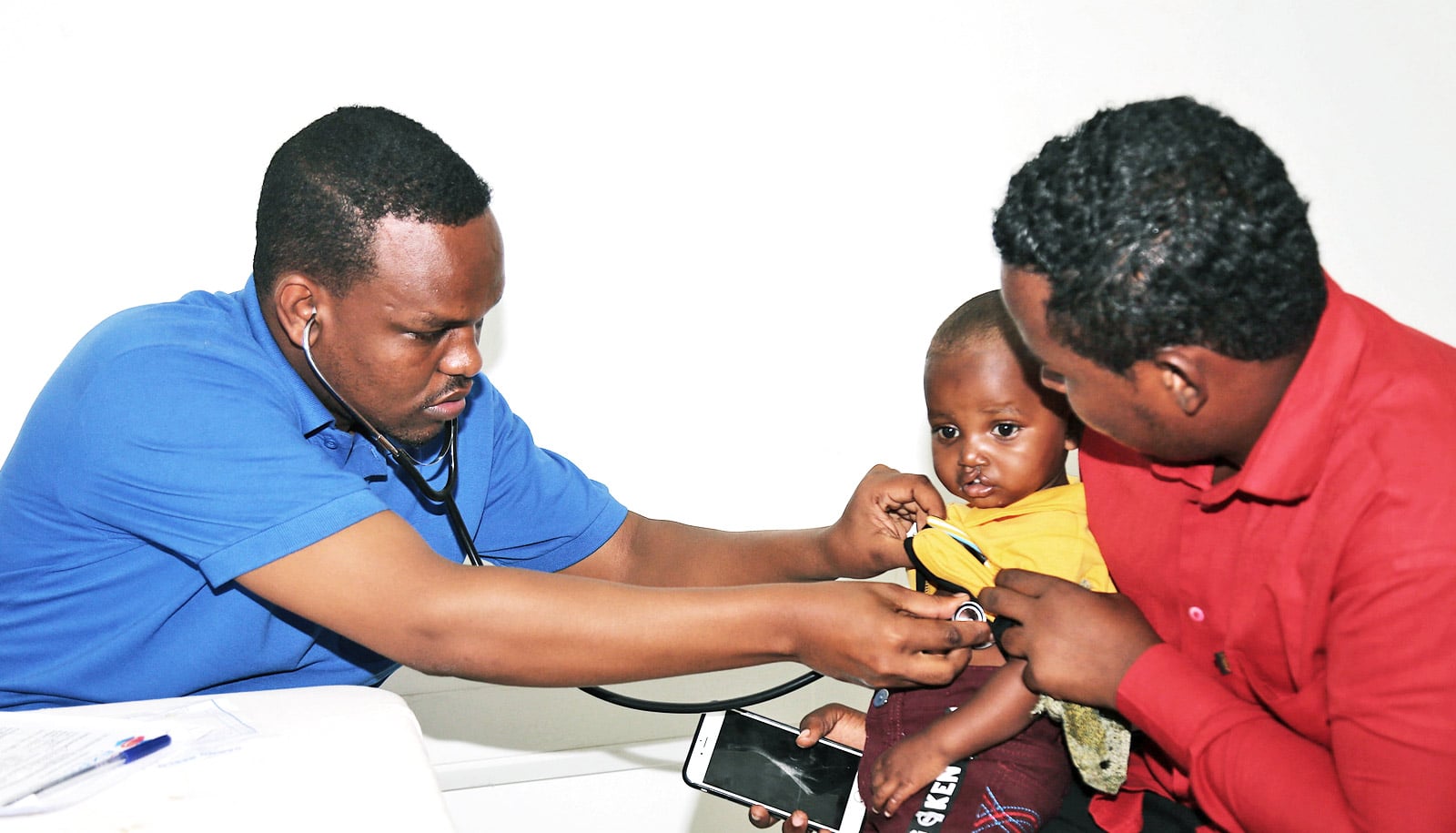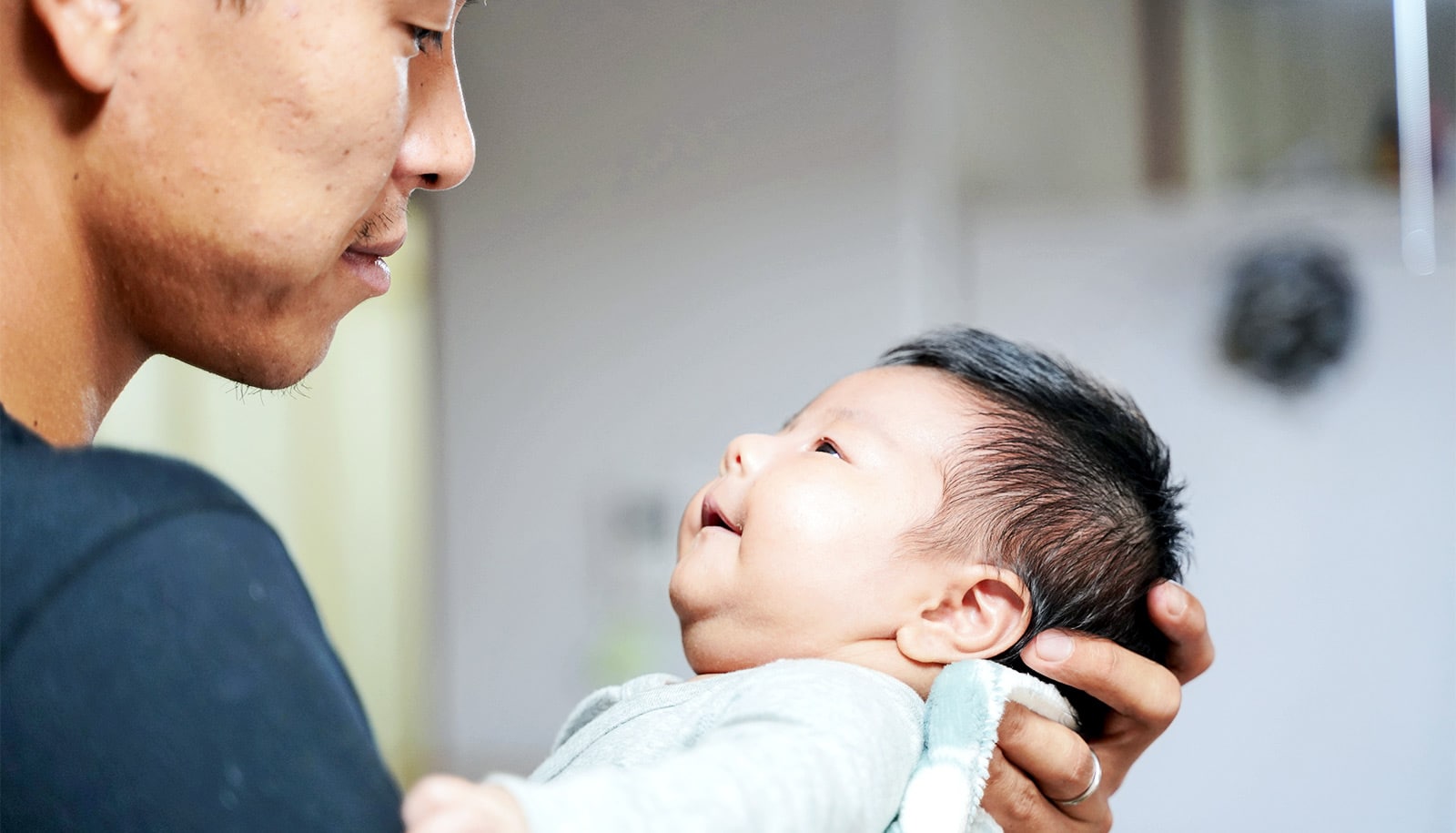New research connects specific genetic signals with specific areas of the human face.
The researchers can see the signals of normal facial features in the genome, and also hope their work can shed light on craniofacial malformations such as cleft lip and palate.
“The face tells the outside world about your identity, who you are related to, where your ancestors come from, and even your health,” says Julie White, graduate student in anthropology at Penn State. “But we only know a fraction of how faces are formed. The facial structure comes together in early development, and if it doesn’t go right, you can get a cleft palate or other problem, but we don’t fully know what controls those processes.”
In many cases of facial dysmorphology there are limited numbers of subjects, making location and identification of errant genetics difficult. However, White believes that if researchers knew the genetic location for normal range lip formation, that location might be a site contributing to malformations of the lip.
Another area where understanding the genetics of normal facial structure can help is in understanding the evolution of the face.
“I personally don’t do much work in this area, but Mark Shriver (professor of anthropology at Penn State) does and he asks, why do people look different?” says White. “What makes up the differences in various groups? Is it selection, genetic drift or something else?”
The researchers note that another possible use for their work is in forensics, but there is a long way to go until DNA facial reconstruction can be legal evidence.
A gridded mask
The researchers used two data sets, one from the Avon Longitudinal Study of Parents and Children in the UK, containing 3,566 individuals, and one from the US, containing 4,680 individuals. All subjects had highly detailed 3D facial photographs and the researchers placed over 7,000 point locations on the images using a gridded mask that was digitally stretched and pulled to conform to the facial contours of each individual. They report their findings in Nature Genetics.
Peter Claes, associate professor of engineering science and human genetics, and head of the Laboratory for Imaging Genetics, pioneered the 3D analysis method.
Claes also divided the face into 63 segments using data-driven relationships to avoid pre-existing ideas of which facial areas were important and allowing the researchers to look at variation in small subsets of the face.
“We looked for connections between shared genetics and facial features, asking things like, do people with upturned noses share a genotype?” says White.
To give more power to the study, the researchers considered the US data set and the UK data set separately and they varied the search, using each dataset in turn to find and then replicate genetic sites associated with facial features.
“We found an extensive set of locations in our DNA that play a role in the development of the human face,” says Karlijne Indencleef, graduate student in biomedical sciences at KU Leuven in Belgium.
Eventually, looking at only genetic locations that had similar associations in both datasets, the researchers identified 203 genomic regions.
Genetics of the human face and body
“If you look at what we found and look at previous literature, you see that there is overlap with our genes and genes that had previously been implicated in non-facial things such as limb development and organ and skeletal abnormalities,” says White. “There are shared genetics. Things that are related to the face and related to another part of the body.”
Some facial deformities are associated with other physical problems, so finding shared genetics was not surprising, according to the researchers. Many of the genes identified begin working in the early stages of embryonic development and the researchers are identifying their physical presentation in adults. However, according to the researchers, more work must take place to verify these associations.
“Our post-analyses provide us with additional evidence, for example the epigenetic analyses showed that the genetic regions we found get expressed in cells relevant for craniofacial development,” says Indencleef. “We have tagged locations that can be interesting for wet labs to validate and further investigate their exact functions.”
Of the 203 genetic locations identified as significant for facial structure, 89 had already been found from other studies, either using the same data or with independent data. They also found 61 locations that were already implicated as the source of facial malformations in humans or mice. 53 locations were completely new to this study.
Additional researchers from KU Leuven, the University of Pittsburgh, Stanford University School of Medicine, Indiana University–Purdue University Indianapolis, the University of Cincinnati, Wake Forest School of Medicine, and Cardiff University were also part of this research team.
Funding came from the US National Institute of Justice; the US Department of Defense; the US National Institutes for Health, National Institute of Dental and Craniofacial Research, and the National Human Genome Research Institute; Procter and Gamble Company; March of Dimes Foundation; Howard Hughes Medical Institute; Center for Human Evolution and Development, Penn State; Research Fund KU Leuven; Research Foundation–Flanders; Science Foundation of Ireland; UK Medical Research Council; Wellcome; and the University of Bristol.
Source: Penn State



